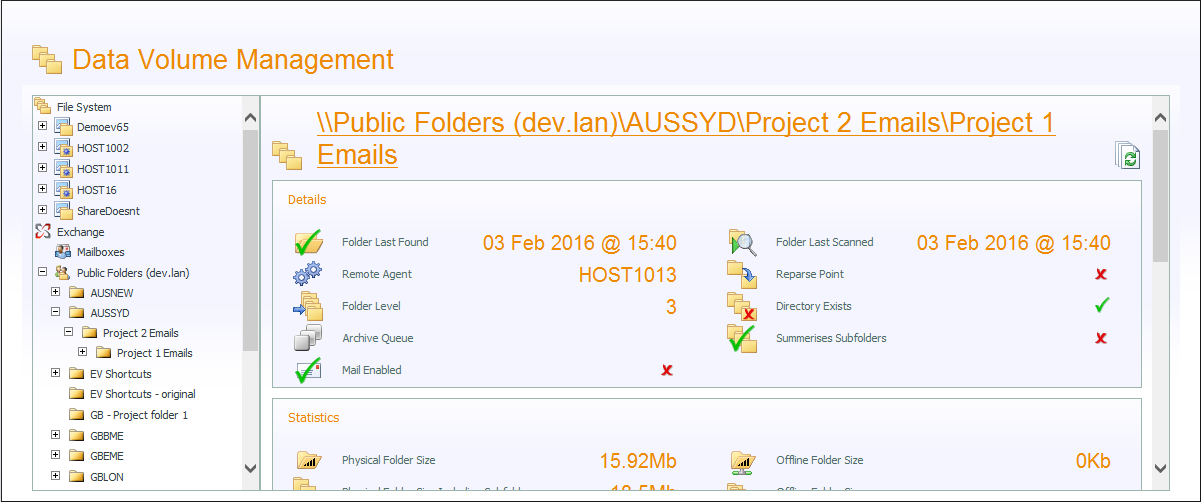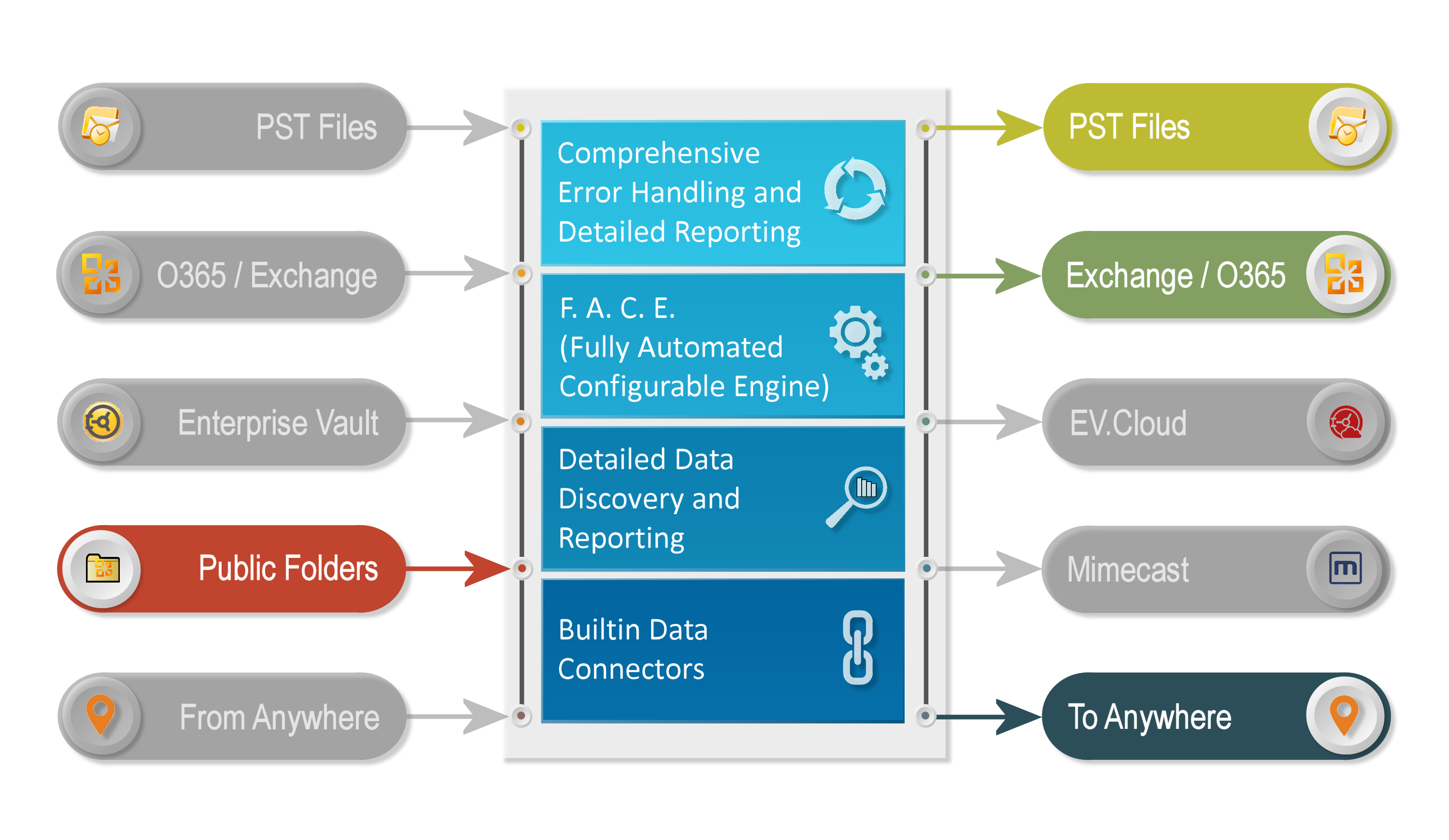Public Folder Migration
Pubic folders in Microsoft Outlook are a convenient way to share information such as contacts, calendar items, messages and journal entries with others. However, they are a double edged sword in IT terms. On the one hand, delegating ownership to the business community removes the need for technical resources to manage permissions, while on the other, a lack of housekeeping often results in an unstructured and bloated data repository. With changes made to the way public folders are stored in newer versions of Exchange, plus the emergence of dedicated document archiving solutions, public folder migration is now moving up the priority list for may IT departments. However, undertaking public folder migration is not necessarily as easy as it first appears.
The Issues
Public Folders have been used extensively by organisations for collaborating and sharing information between teams for decades. Hence, they can contain important details that must be kept for reference or regulatory compliancy reasons. However, there are issues with Public Folders that include:
Unstructured
Old Data
Uncontrolled
With the uncontrolled nature of Public Folders, organisations often find that understanding who owns the data extremely difficult. This makes it difficult to identify suitable destinations which may include Team or shared mailboxes.
Unsuitable formats
The only way to gain control of this unstructured data is to analyse the contents so that intelligent decisions can be made as to what to migrate and where it should be migrated to. Thankfully, help is at hand!
The Solution Part 1: Public Folder Owner Identification and Clean-up
Owner Assignment
Identifying owners is often the first stage to public folder management and complex algorithms and defined rules ensure integrity and accuracy of owner assignment. This minimises the risk of miss-assignment which is highly likely with manual methods.
Automatic
With the potential of tens of thousands of public folders, manual discovery is generally not an option. Our software can be configured catalogue public folders automatically.
Distributed Architeture
The potentially geographically dispersed nature of public folders can be easily handled due to our distributed architecture. This allows the data to be catalogued as quickly as possible and with minimal disruption.
Detailed Reporting
The discovery process analyses public folders and collects data such as size, message count, attachment type, location and more – all this is made available to allow detailed project planning.
The Solution Part 2: Public Folder Migration
Once a picture of the public folder estate has been constructed, automated notifications can be sent to suggested owners asking for confirmation of ownership. These individuals are also asked if they wish to keep or delete the folders. If the delete option is selected, the data can be scheduled for onward archival or simple removal. Once as much un-needed data as possible has been removed, the public folder migration phase can begin. It is here that the public folders are moved or copied to their final destination, recalling Enterprise Vault shortcuts in the process if necessary.
Built-in Connectors
Built in connectors ensure that the public folders are migrated directly to destinations such as Exchange, O365, SharePoint, document management systems and many more.
Full Control
Built in scheduling, batch management and detailed control of message types and dates, plus comprehensive progress reporting provides full project control from start to finish.
Intelligent Error Handling
Intelligent error recovery and reporting ensures that issues are flagged up and handled with minimal user intervention and in a timely manner.
Multi Threading
Ensures that the migration is performed in the most effective way, reducing time and cost.

